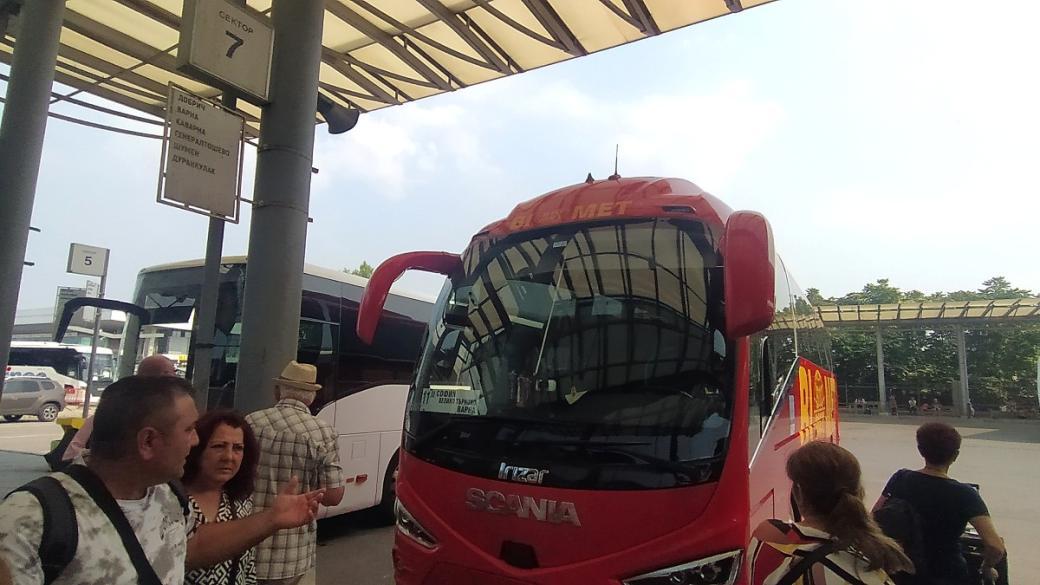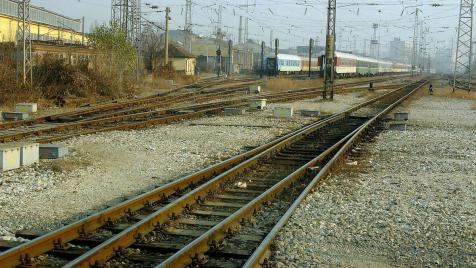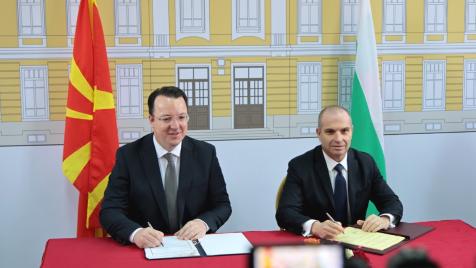One ticket for everything: Reform in Bulgarian transport is coming
A bill introduces a national scheme, clearing, and an integrated platform for trains, buses, and planes

© ECONOMIC.BG / Krasimir Svrakov
After decades of fragmentation and a lack of effective connections between trains, buses, and urban transport, Bulgaria is finally taking steps to change this. A draft of a completely new Public Transport Act provides for the introduction of a single electronic ticket and the creation of a National Transport Scheme based on real passenger flow data.
The draft law has been uploaded for public discussion by the Ministry of Transport with a deadline of December 17, 2025.
It became clear in October this year that changes would be proposed.
The full entry into force of the law has been postponed by 36 months (three years) after its adoption to allow time for the necessary digital and physical infrastructure to be built. Initial research among stakeholders shows a rather positive attitude towards the reform.
The idea is not new. The development of the framework law is a direct commitment under the Recovery and Resilience Plan (RRP), with the main objective of creating a unified legal framework and ensuring integration between different modes of transport. In 2024, the Ministry uploaded consultation documents on the new law for public discussion.
The main issues addressed at the time were related to the lack of a unified framework. Public passenger transport is regulated by two separate laws – one for road transport and one for rail transport – which hinders coordination. Even then, it was pointed out that there was no unified National Transport Scheme (NTS) to synchronize them. In addition, there are no requirements for assessing service quality and no effective mechanisms for controlling bus transport.
National Transport Scheme and the role of rail transport
The law aims to put an end to uncoordinated schedules by introducing an NTS that integrates all modes of transport, from rail to air. Carriers will be required to submit data to the National Access Point (NAP) so that citizens can have up-to-date information.
The NTS requires at least three transport connections per day (morning, afternoon, and evening) for each settlement. In small municipalities, where a lack of economic interest has led to the failure of bus lines, the law introduces the possibility of transporting passengers on demand.
Rail transport is given a leading role, with bus schedules being aligned with train schedules. This is a direct attempt to make the train the preferred means of travel, in line with the EU's environmental goals.
The single ticket and clearing
A central element of digitalisation is the National Single Transport Document System. This is an electronic ticket that will allow passengers to combine train, bus, plane or water transport in a single transaction, eliminating the need for multiple separate tickets and facilitating door-to-door travel.
The idea for this ticket was launched back in 2022, but has not yet been implemented due to the lack of systematic timetables and routes.
A clearing system is being created. Its purpose is to automatically and transparently distribute revenue among all operators involved in a complex journey. This is a direct response to the current lack of transparency in the payment of compensation and subsidies.
The law requires carriers to present a financial model of costs and reasonable profit before concluding a contract to ensure the transparency of subsidies paid. Quality standards (cleanliness, accessibility for persons with disabilities) and clear rules on passenger rights are also being introduced.
Translated with DeepL.

 Gloria Hristova
Gloria Hristova 
